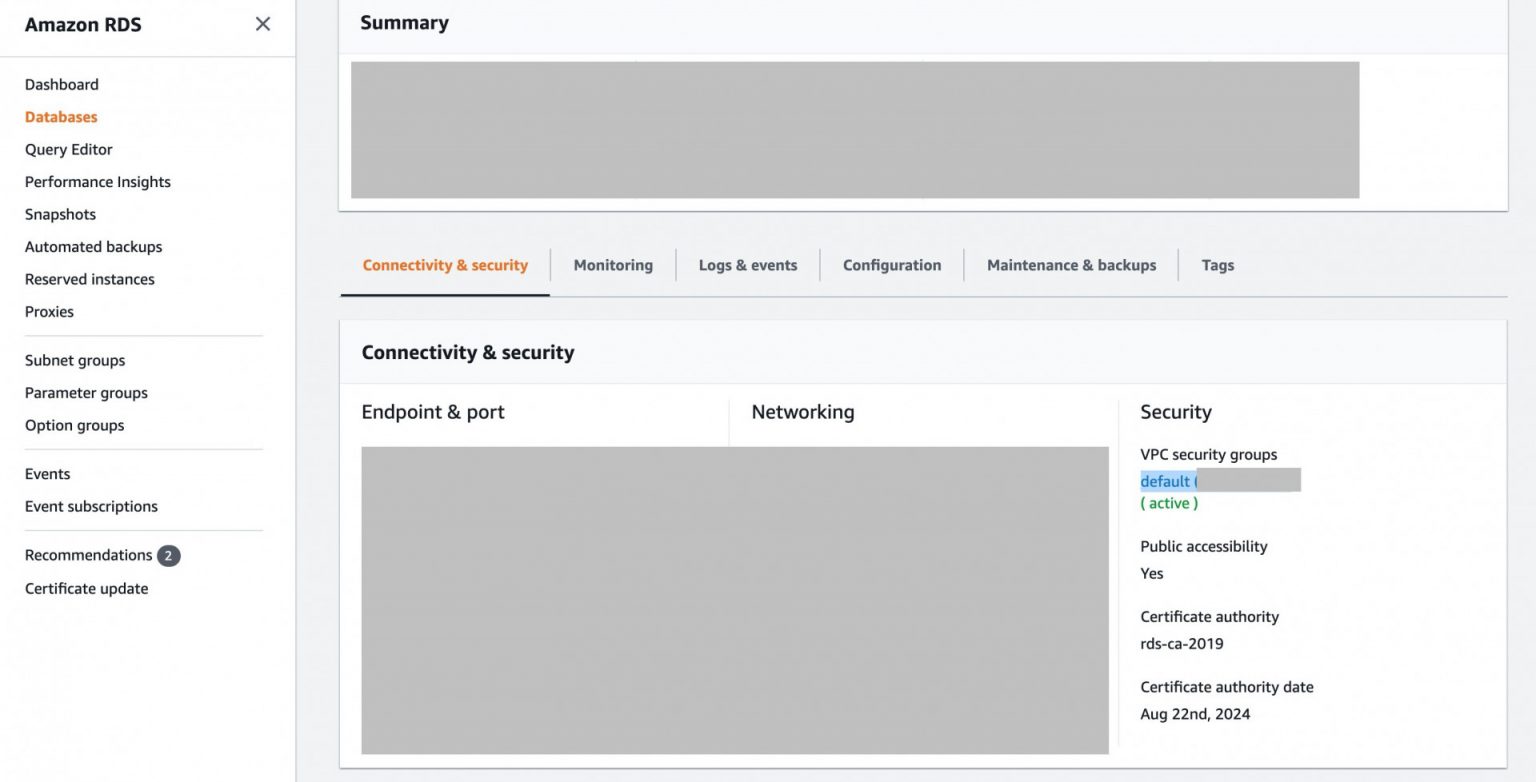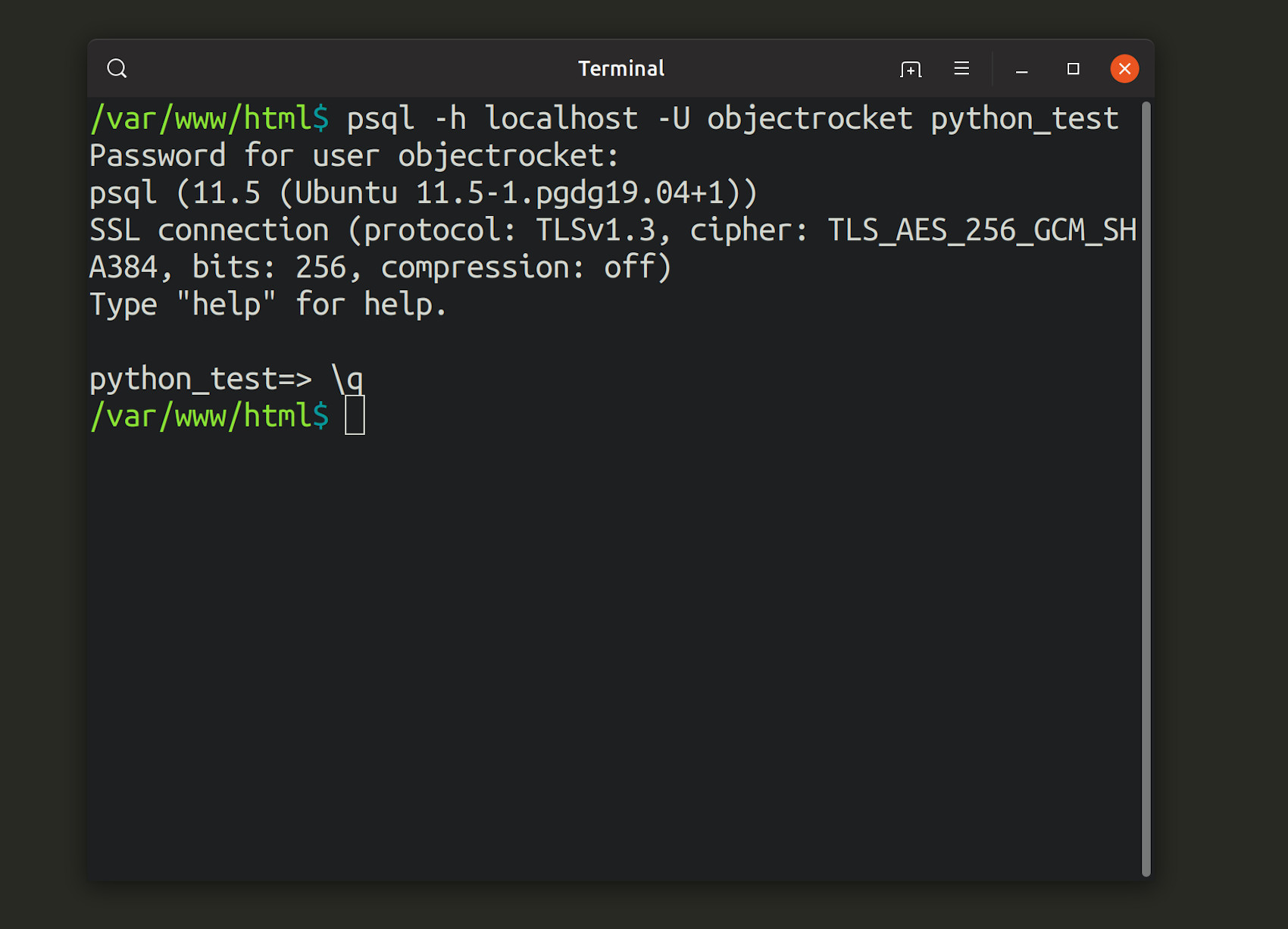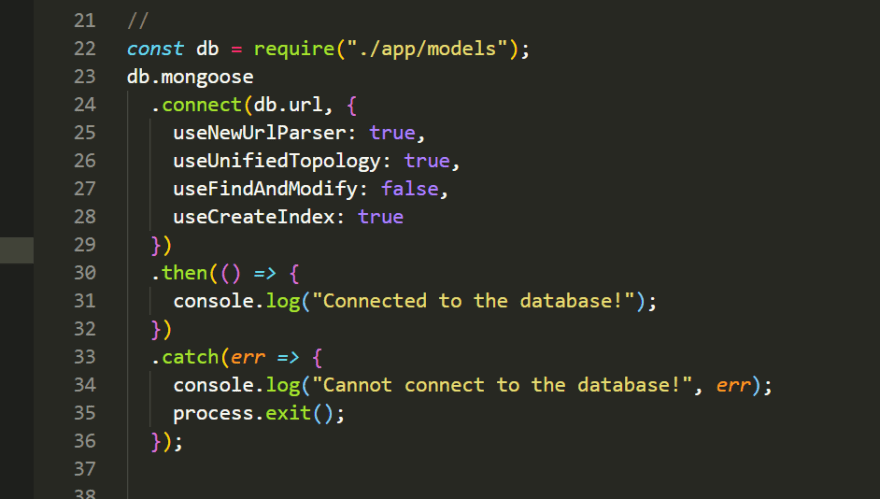

- #Aws postgresql commandline how to
- #Aws postgresql commandline install
- #Aws postgresql commandline manual
He has also delivered several sessions at PostgreSQL conferences.īaji Shaik is a Sr.

He is an ardent member of the PostgreSQL community and has been working on PostgreSQL his entire tenure. He has deep expertise on database development and administration on Amazon RDS for PostgreSQL, Aurora PostgreSQL, Redshift, MySQL and Greenplum databases. Rajesh Madiwale is a Lead Consultant with Amazon Web Services. If you have any questions or suggestions about this post, leave a comment. You can then review the report to find the part of the function or procedure where it is slow and take necessary actions to improve performance. As explained in this post, you can generate a plprofiler report for a problematic function or procedure.
#Aws postgresql commandline manual
The plprofiler tool helps expedite the process of fine-tuning complex user-defined functions and stored procedures in Aurora for PostgreSQL or Amazon RDS for PostgreSQL by reducing the manual effort. Terminate your Amazon RDS for PostgreSQL instance or your Aurora PostgreSQL instance Conclusion If you’re no longer going to use them, make sure you terminate them as well: In our case after completion of testing, we have terminated the EC2 and Aurora PostgreSQL instances which were not required. Resource cleanup is one of the important process after all testing is completed.

We can see that performance improved by approximately 50%. Plprofiler run –command “select inventory_in_stock(1525)” –output /tmp/inventory_in_stock-2.html -h -d plprofiler -U postgres
#Aws postgresql commandline install
To install PostgreSQL on Ubuntu, complete the following steps:

To install and configure plprofiler, you need to complete the following steps as prerequisites:Ĭreate an Aurora PostgreSQL cluster or RDS for PostgreSQL instance if you don’t already have one.Ĭreate an EC2 instance (Ubuntu 16 or Amazon Linux) to install plprofiler and the PostgreSQL client to access the Aurora or RDS for PostgreSQL instance. Install plprofiler on Amazon Elastic Compute Cloud (Amazon EC2) so that the command line utility can be invoked. To use plprofiler, you need to load the extension on the backend (create the extension in the database) and install the plprofiler command line utility to generate reports.Ĭomplete the following steps as part of installation:Ĭonfigure and enable plprofiler on Aurora PostgreSQL or Amazon RDS for PostgreSQL. We also generate a report for a sample function to troubleshoot and find the queries causing the slowdown.
#Aws postgresql commandline how to
In this post, we discuss how to install and configure the plprofiler extension. The plprofiler tool is available in Amazon RDS for PostgreSQL and Aurora PostgreSQL (supported from version 11.6 and later). As part of profiling, we can generate HTML reports that contain details of the queries along with their respective runtimes. You can use this extension to figure out the issue in the PL/pgSQL functions and procedures along with their runtimes. To overcome this, you can use the plprofiler extension, which creates performance profiles of UDFs (user-defined PL/pgSQL functions) and stored procedures. Generating a plan for SQLs (manually or through auto_explain) is a time-consuming process. For more details, refer to How can I log execution plans of queries for Amazon RDS PostgreSQL or Aurora PostgreSQL to tune query performance. Statements inside PL/pgSQL functions are considered nested statements, so you need to turn on the auto_explain.log_nested_statements parameter. Or you can use the additional module auto_explain to get more details. The SQL queries inside are optimized just like normal SQL queries, however separately and one by one. However, if the slowness is due to PL/pgSQL functions or procedures, the EXPLAIN plan doesn’t help much because it can’t generate plans for the SQLs inside the function or procedure. If database slowness is caused by SQL queries, you can generate query plans using the EXPLAIN command and optimize the SQLs accordingly. For more information on finding slow queries, see Optimizing and tuning queries in Amazon RDS PostgreSQL based on native and external tools. You can use the pgBadger tool to find the queries from the PostgreSQL log files by generating a report, or you can use Amazon RDS Performance Insights, which provides an easy-to-understand dashboard for detecting performance problems. To identify slow queries, multiple options are available. Identifying slow queries and tuning for better performance is an important task for developers and database administrators managing Amazon RDS and Aurora PostgreSQL environments. AWS provides two managed PostgreSQL options: Amazon Relational Database Service (Amazon RDS) for PostgreSQL and Amazon Aurora PostgreSQL-Compatible Edition. PostgreSQL is considered to be the primary open-source database choice when migrating from commercial databases such as Oracle.


 0 kommentar(er)
0 kommentar(er)
